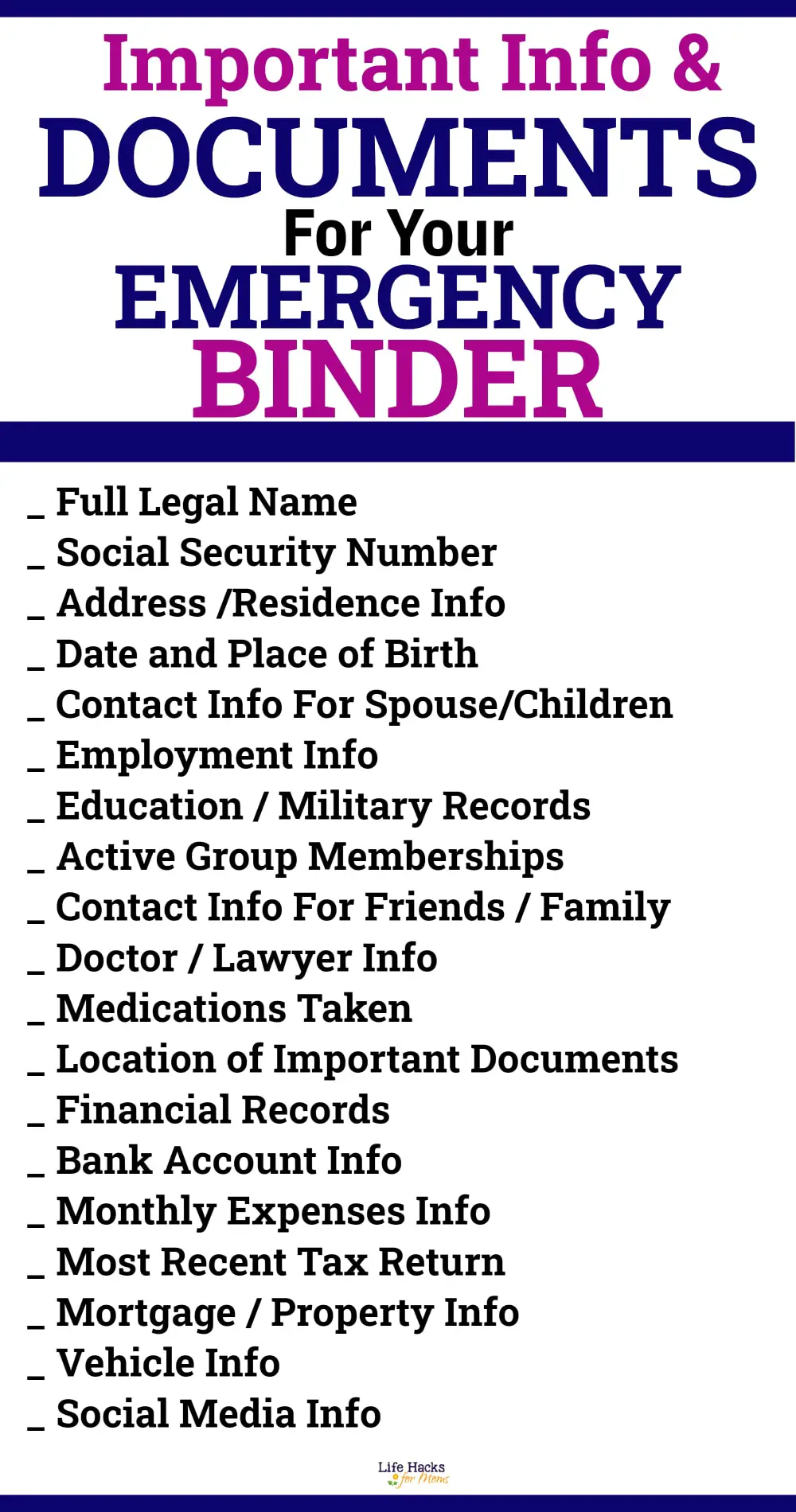5 Essential Tips for Paperwork Assistance

Effective paperwork assistance is a critical component of daily life, whether for personal, educational, or business purposes. Dealing with documents can be overwhelming, but with the right strategies, anyone can navigate the complexities of paperwork smoothly. This post will explore five essential tips for efficient paperwork assistance, ensuring you manage your documents with confidence and ease.
Understand the Types of Documents

Before diving into any paperwork task, it’s important to understand the variety of documents you might encounter:
- Personal Documents - Birth certificates, passports, and marriage licenses.
- Business Documents - Contracts, invoices, and tax forms.
- Academic Documents - Transcripts, enrollment forms, and financial aid applications.
- Legal Documents - Powers of attorney, wills, and affidavits.
Understanding these categories helps in organizing your approach to handling them.
Organize and Archive Documents

Organization is the cornerstone of efficient document management:
- Create a Filing System: Use folders or binders for different document types. Ensure clear labeling for easy retrieval.
- Digital Storage: Scan documents and store them in cloud services like Google Drive or Dropbox, ensuring backup for safety.
- Regular Audits: Periodically review your documents to remove outdated or irrelevant materials, keeping your system lean.
Utilize Technology

Modern technology offers several tools that simplify document management:
- Document Management Software: Programs like Adobe Acrobat or Microsoft OneDrive provide robust tools for organizing, searching, and managing documents.
- E-signatures: Services like DocuSign or Adobe Sign reduce the need for physical paperwork by allowing digital signatures.
- Mobile Apps: Applications like Evernote or CamScanner can help in quickly capturing documents on-the-go.
📋 Note: When using digital tools, always ensure your data is secure through encryption and reliable backup systems.
Master Document Language

Understanding legal and formal document language can save time and prevent errors:
- Glossary Study: Familiarize yourself with common legal terms and phrases.
- Online Resources: Websites like LegalZoom or Cornell Law School’s Legal Information Institute offer resources to understand complex terminology.
- Professional Assistance: If documents are critical, consider consulting with a legal or administrative professional.
Stay Updated on Regulations

Laws and regulations regarding documents change:
- Subscription Services: Subscribe to newsletters or updates from governmental bodies relevant to your document type.
- Continuing Education: Attend workshops or webinars on current trends in document management and law.
- Networking: Connect with professionals in document management to share knowledge and updates.
Implementing these tips can revolutionize your approach to paperwork assistance, making it less of a chore and more of an organized, manageable task. By understanding document types, organizing effectively, leveraging technology, mastering document language, and staying informed about regulatory changes, you equip yourself to handle any document-related challenge with ease.
Effective document management is more than just keeping papers in order; it's about ensuring that your personal and business affairs are in compliance with current standards and that you have the tools and knowledge to navigate through complex paperwork with confidence. This proactive approach not only saves time but also reduces stress and potential errors in document handling.
What are the most common personal documents?

+
Common personal documents include birth certificates, passports, driver’s licenses, marriage certificates, and social security cards.
Can I store all my documents digitally?

+
Yes, but it’s advisable to keep physical copies of critical documents like your passport or birth certificate in case of digital failure or loss. Secure backups should be maintained as well.
How do I ensure my documents are secure online?

+
Use encrypted services for storage, implement strong, unique passwords, enable two-factor authentication, and regularly update your software to protect against vulnerabilities.